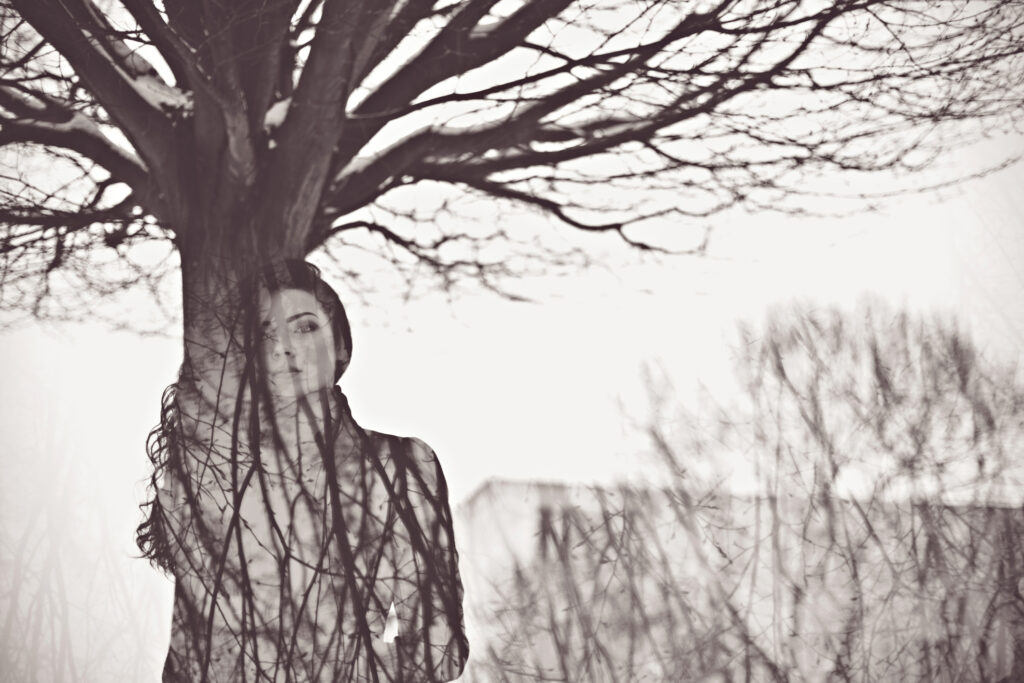Seasonal Affective Disorder

As I sit down to write, I can’t help but gaze outside at the gloomy weather. It’s a brutal day of 8 degrees with thick clouds and thick snow underfoot. Some people absolutely love this weather; more time snuggled up next to the fireplace under a warm blanket with those you love. However, this time of year leaves us in the darkness more often than not and that can have a major impact on our mental health.
Because of this darkness, it is not uncommon to notice the doom and gloom of Seasonal Affective Disorder (SAD) over the next couple months as the sun is further away and its rays are weaker. With SAD, you may notice symptoms including feeling down or sad, fatigue, lowered motivation or interest in activities you typically enjoy, social withdrawal and isolation, difficulty concentrating, decrease in libido, and feelings of hopelessness or worthlessness. According to Mental Health America of Wisconsin, three out of four individuals diagnosed with SAD are women and are more likely to experience these symptoms than men.
Although we can’t wish the clouds and the darkness away, we can come up with a plan to help our mind, body and soul tolerate and move through the winter months with more ease. During this time, it is essential that we prioritize stepping outside on those rare sunny days and spend at least 15 minutes soaking in the rays on lunch break. If that doesn’t seem to be an option, sun lamps are an easy way to incorporate light therapy into your routine in the morning as you get ready for the day. Psychotherapy is also a great option for the winter months to learn more emotional regulation tools and create a safe space to explore the emotions you may be feeling. If all else fails, it is worth consulting with your primary care physician to learn more about any medical interventions or antidepressants that could alleviate your symptoms.
In the meantime, there are more ways you might be able to prevent SAD from getting even worse. Sometimes our depressive symptoms can lead to behaviors that actually end up increasing our depression in the long run. So as much as you may not want to go to that social event or to keep sleeping and call in sick at work, those behaviors will likely make you feel even worse. By keeping up with your daily routine, spending time with friends and family, and being intentional about scheduling in fun, you might be able to combat the seasonal blues a little more than if you decided to do nothing at all. This is called: opposite action. Remember, it’s not the short-term relief that makes our lives fulfilling, it’s the value-driven behaviors that we do even when we don’t feel like it.
It’s entirely normal to experience seasonal affective disorder during this time of year, but one of the most powerful things you can do during this time is to remind yourself that it is all temporary. Go ahead, visualize that sun hitting your face and the luscious green grass around you.
It will be here again before you know it.
Leah Hovel is a psychotherapist at Elle specializing in mood disorders, eating disorders, and body image issues. Learn more about her and all of our therapists if you or a loved one need help.


Comments are closed.